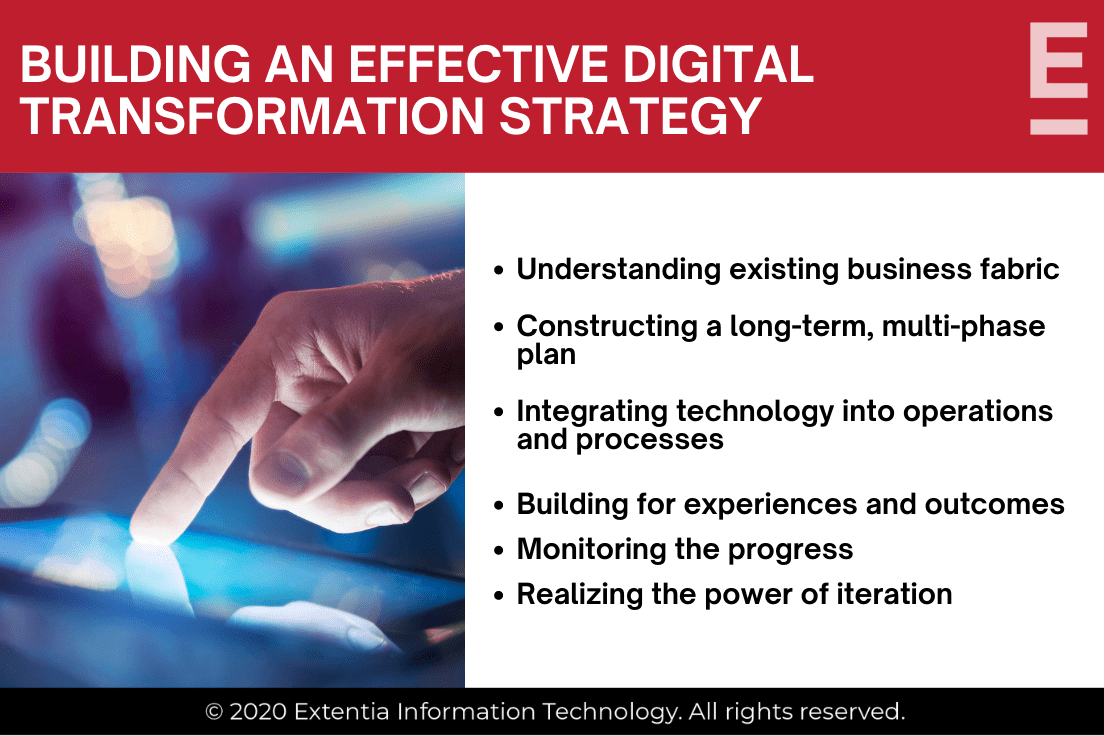Today, we see a healthy comrade of Open Source businesses. There will still be a significant emergence of the Open Source gene pool because when the top companies worldwide are polled, most want to build their systems in Open Source. There are many different types of Open Source Software, each with its benefits. There are four different types of Open Source Software to discuss here. Mobile development frameworks, QA automation tools, office software suites, and content management systems.
The IT community is also adopting Open Source at a feverish pace. In 2022, there was a 24% increase in Open Source adoption. At the same time, 80% of enterprises expect to increase their Open Source Software usage. The emerging technologies are being built on Open Source itself. Different programmers and contributors develop Open Source Software. The code is publicly available, meaning anyone can access, inspect, and change it.
This approach to software development has many benefits. First, it results in high-quality software that is well-tested and bug-free. It allows developers to learn from each other and share knowledge and skills. Finally, it promotes transparency and accountability. This is because everyone involved in the development process can see how the software is progressing.
Open Source Mobile Development Frameworks
Some of the Open Source mobile development frameworks are Xamarin and React Native. These frameworks allow developers to build cross-platform mobile applications using a single codebase. This reduces the time and effort required to develop mobile applications. It is also possible to share code between Android, iOS, and Windows Phone applications. There are many different Open Source mobile development frameworks available. But two of the most popular are PhoneGap and Titanium.
PhoneGap is a software based on Apache Cordova and provides a platform for developing mobile apps using HTML, CSS, and JavaScript. It allows developers to create cross-platform apps that work on iOS, Android, Windows Phone, and BlackBerry.
Titanium is software based on Apple’s Objective-C language. It allows developers to create cross-platform apps using JavaScript. It also has a large user base and is currently used to develop apps for Facebook, Pinterest, LinkedIn, and The Weather Channel.
While both frameworks have pros and cons, PhoneGap is the better option for most developers. It’s more used, accessible, and Open Source and has a large community of developers willing to help.
Open Source QA Automation Tools
The most important category for Open Source Software is QA automation tools. It is beneficial for businesses. These QA automation tools are software programs that help automate the quality assurance process. These tools access the functionality, reliability, and usability of software products.
Tools such as Selenium and Appium allow testers to automate the testing of web applications and mobile applications. This helps to reduce the time and effort required to test applications and makes it possible to test more applications in less time
There are many benefits to using Open Source QA automation tools. The most obvious benefit is that they are free to use. They are also more customizable and flexible than commercial QA automation tools.
But, there are also some drawbacks to using Open Source QA automation tools. One of the main drawbacks is that they can be more challenging to use than commercial tools. They can also be less supported than commercial tools, which can be a problem if you encounter an issue with them.
Open Source Office Software Suites
When it comes to Open Source office software suites, there are many popular options available. One of the most well-known is LibreOffice. It is an Open Source suite that provides many tools. These tools help in text processing, spreadsheets, presentations, databases, and more. Another popular option is Apache OpenOffice. This also includes tools for text processing, spreadsheets, and other features such as a drawing program.
Both suites offer pros and cons compared to traditional paid solutions. They are free to use and compatible with other office software suites. But, they may lack features in the premium versions (such as macros and advanced formatting capabilities).
Open Source Content Management Systems
Content Management systems, or CMS, are the software platforms used to manage content and websites. Examples of popular Open Source CMS include WordPress, Joomla, and Drupal. These platforms have many benefits, such as offering various features and tools to help you create dynamic websites and content
Systems such as WordPress and Drupal allow users to create and manage their websites without knowing how to code. This enables users without technical experience to create a website without hiring a developer.
Additionally, Open Source CMS is customizable. Many offer plugins that allow you to extend the functionality of your website. For example, with WordPress, you can add a variety of plugins for search engine optimization or security. On top of that, most Open Source CMS are free, making them an affordable option for smaller businesses.
But it is essential to note that Open Source CMS requires some technical know-how as they will need some coding knowledge to customize them. Since they are Open Source, there is no dedicated customer support. Thus, you may need help troubleshooting issues while using the system.
The Open Source Software ecosystem is vast and complex, with many different types of software available. This article has explored some of the most popular types of Open Source Software and their benefits. Each type of Open Source Software has unique benefits, and a type of software is available to suit almost any need. Everyone can explore the Open Source Software ecosystem. Organizations and individuals can find the right software for their needs.
Stay tuned for our next blog from this series!




